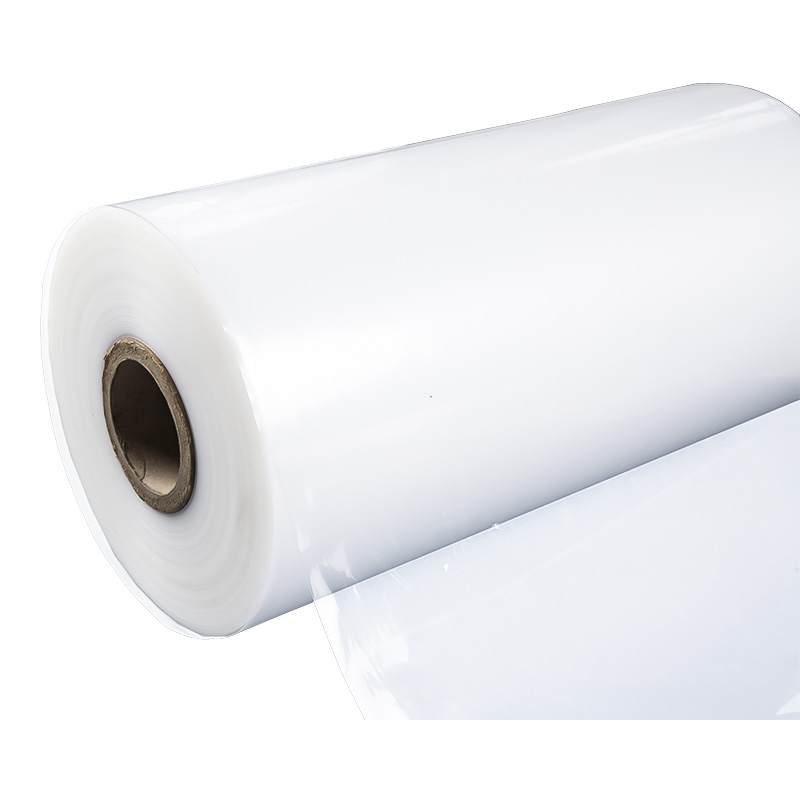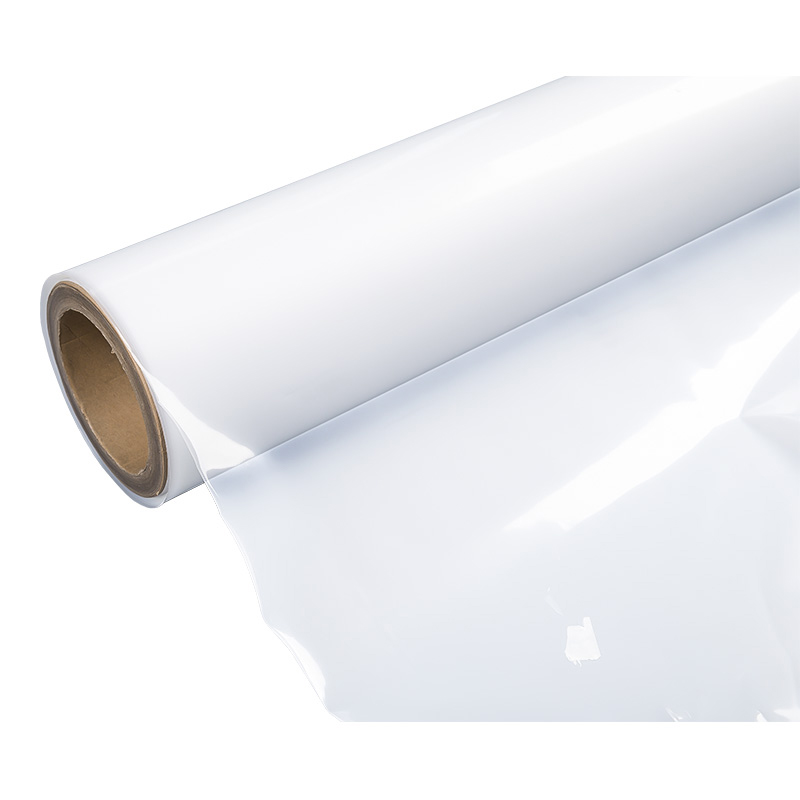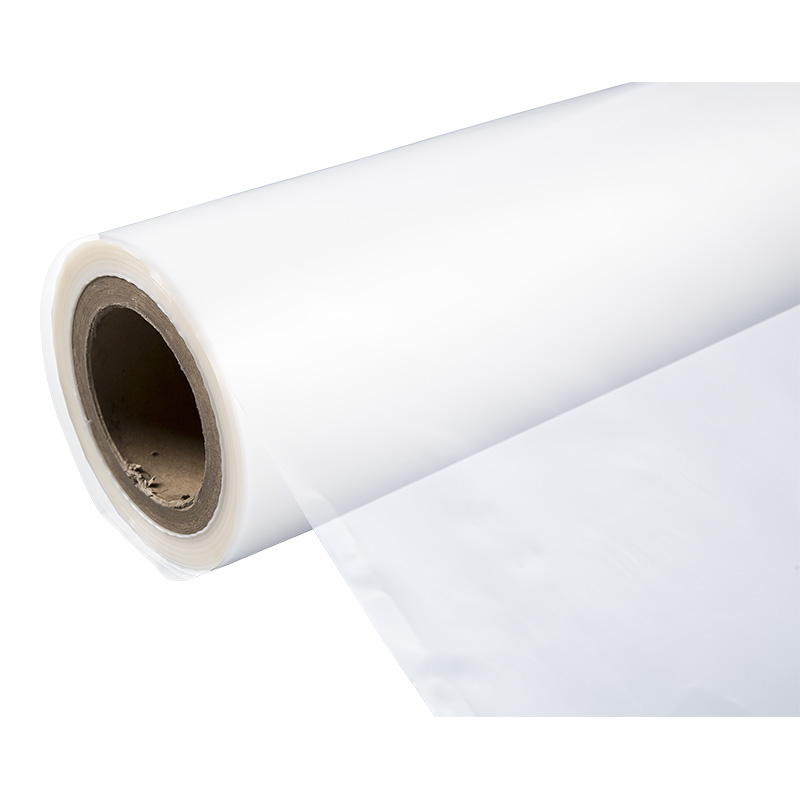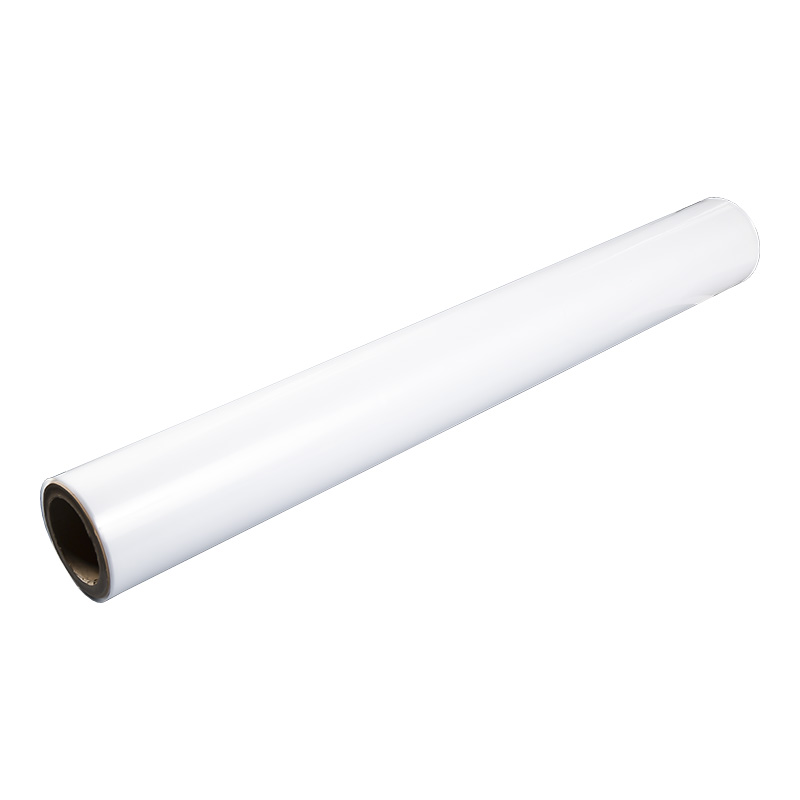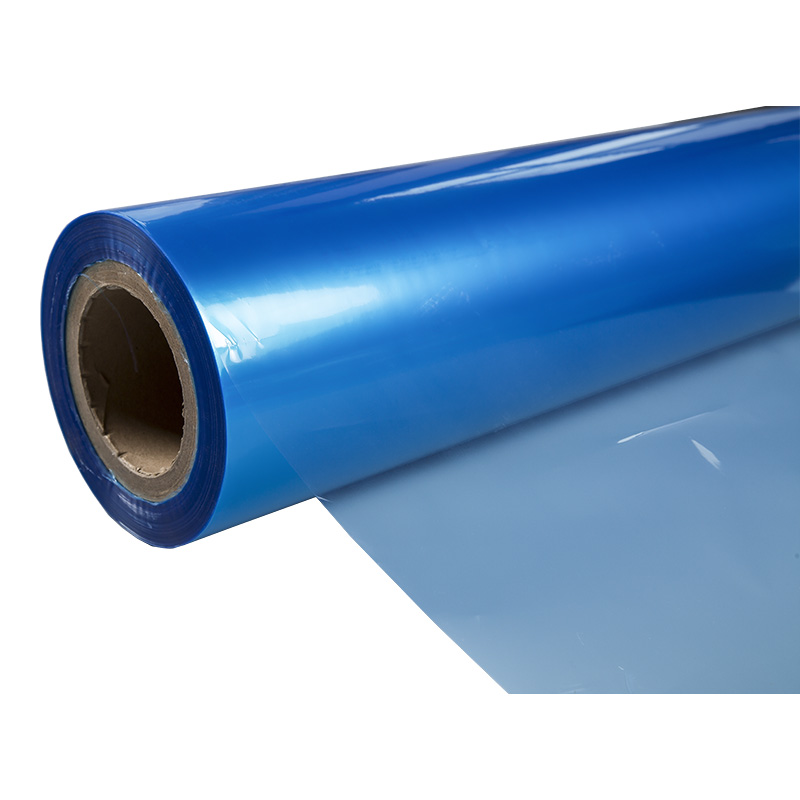When we use high-temperature cooking film for cooking, the high-temperature environment may have a certain impact on the food. First, high temperatures denature proteins. Protein is an important nutrient in food and plays an important role in the growth, development and metabolism of the human body. However, at high temperatures, the structure of the protein will change, which may lead to the denaturation or loss of some amino acids, thereby reducing the digestion and absorption rate of the protein. This effect is particularly evident in meat foods because of their higher protein content.
High temperatures can also affect the vitamins in food. Vitamins are essential nutrients for the human body, but they are easily destroyed at high temperatures. Vitamin C is a water-soluble vitamin that is susceptible to oxidation reactions. In a high-temperature environment, vitamin C is easily destroyed, resulting in a decrease in the vitamin C content in food. The B vitamins are relatively tolerant to high-temperature cooking, but will also be damaged to a certain extent. The loss of these vitamins will not only affect the nutritional value of food, but may also affect the taste and color of food. Because vitamins play an important role in food, their loss may cause food to taste bland or lose its original aroma.
The use of high-temperature cooking film can reduce the impact of high temperature on food to a certain extent. Because the cooking film seals the food and maintains its moisture, this helps reduce moisture loss and nutrient loss during the cooking process. The cooking film can also prevent oil from splashing onto the oven or baking sheet, reducing the chance of food being in direct contact with high temperatures, thus reducing the impact of high temperatures on food.
High temperature cooking film cannot completely eliminate the impact of high temperature on food. When using high-temperature cooking films for cooking, we still need to pay attention to controlling the cooking time and temperature to avoid overheating that will damage the nutrients and taste of the food.
In order to maintain the nutritional value and taste of food, we can also take some measures during the cooking process. For example, when cooking meat, you can choose low-temperature and slow-cooking, which can better retain the nutrients and taste of the food. When cooking vegetables, you can choose low-temperature cooking methods such as steaming, boiling, and stewing to reduce the loss of vitamins.

 +86 139-6715-0258
+86 139-6715-0258 
 Monday to Friday 8 am. to 6 pm.
Monday to Friday 8 am. to 6 pm. 
 English
English 中文简体
中文简体